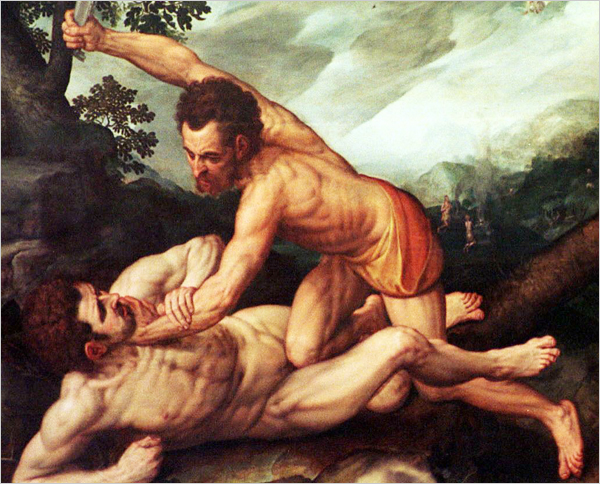UPDATE: More material, academic papers, analysis & critique @ my current blog Elastic Collisions - http://elasticollisions.blogspot.com/.
Carmilla is narrated by a woman named Laura and encompasses an exciting tale of sexuality brought on by scenarios of forbidden love and influence. When reading Carmilla, it benefits the reader to consider the state of Ireland at the time. Wwritten in 1872, about twenty years after the great Irish famine, which killed off an estimated 20 to 25% of Irelands population, and right on the cusp of the Gaelic revivals, Ireland was having a national identity crisis, it’s culmination being the decline of the nations language.
When looking at Carmilla, she again is a forieng influence, brought on from abrupt, almost unknown, origins. She enters Lauras world and begins a path toward seduction of Laura, who is portrayed as more innocent. This gives Carmilla, the evil, lesbian vampire, a more evil nature associated with her sexuality. She represents all the tantalizing elements that Laura does not want to partake in, but yet sorounds herself around.
Why the historical context and association of sexuality is important to know when looking at Carmilla, as when added to the knowledge of the authors background, one can see how Carmilla herself seems to be, in many ways, a representation of the authors wife. Sheriden Le Fanu was married to Susanna Bennet, who died under “unclear circumstances” (according to wikepedia article found at http://en.wikipedia.org/wiki/Joseph_Sheridan_le_Fanu) and also suffered mental illneses. She also was highly religious and suffered bouts with her own faith.
Carmilla challenges Laura’s faith the way Susanna had an internal one. These characters seem to be symbols for the author. Adding in the sexuality helps add a universal battle cry, a sort of inclusion, a recognition, of something his wife, or something they supported together.
I also agree with student blog post (found at http://vampireduquaine.blogspot.com/) which wrote:
“Sheridan Le Fanu writes a story about a vampire that has sexual desires for her same sex, yet preys on her in the dark of the night. In my opinion it is clear that this book explores the subject of lesbian attraction in the form of Carmilla. From the beginning of the Camilla’s visit, Laura experiences a weird attraction to her new friend. But along with this attraction she also senses, though not sure why, that there is something about her that repulses her.”
This repulsion is interesting to keep in mind in conjunction with the image of Carmilla. She is a tormented dichotomy, both creating want and repulsion. The very nature of being a lesbian is something that would bother many in the mainstream, however, she is not always or completely denied. While this may seem like a lot to draw out of a character, consider the material; Carmilla is full of subplots. Overall, I found its writing interesting, and enjoy an author that touches on subject matter that probably ruffled some feathers.




